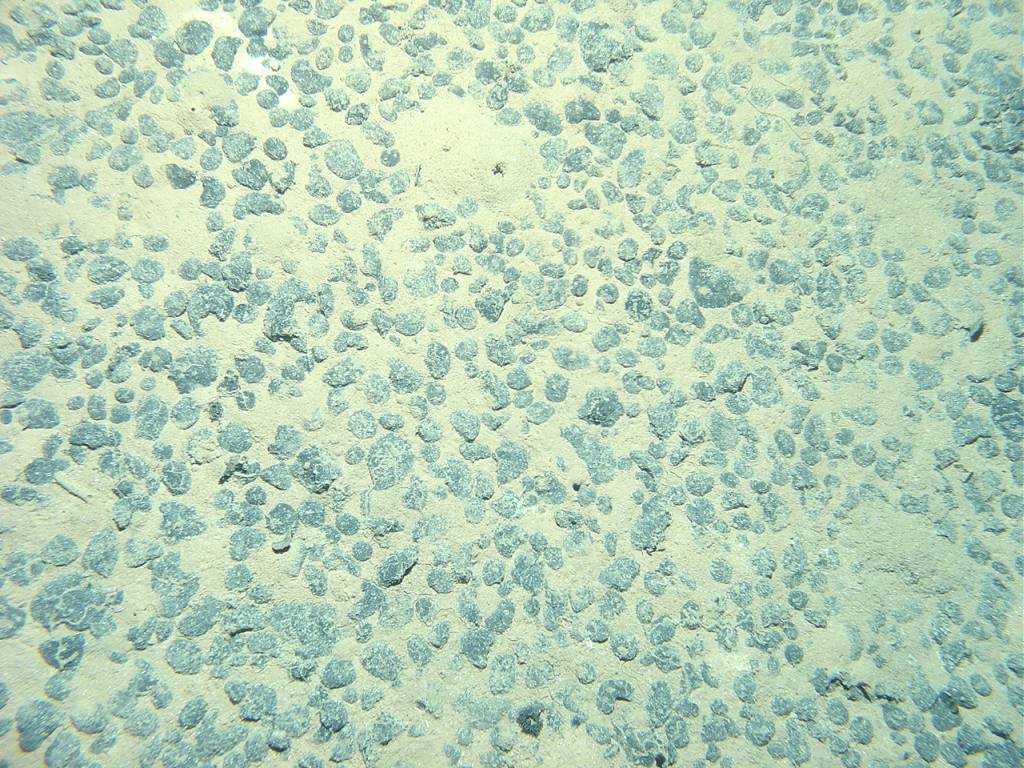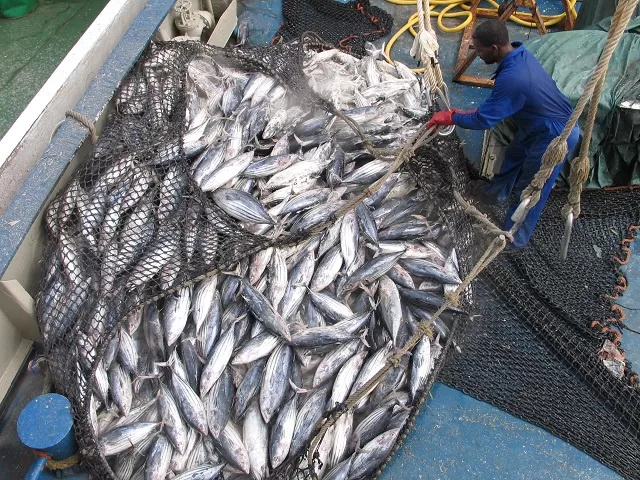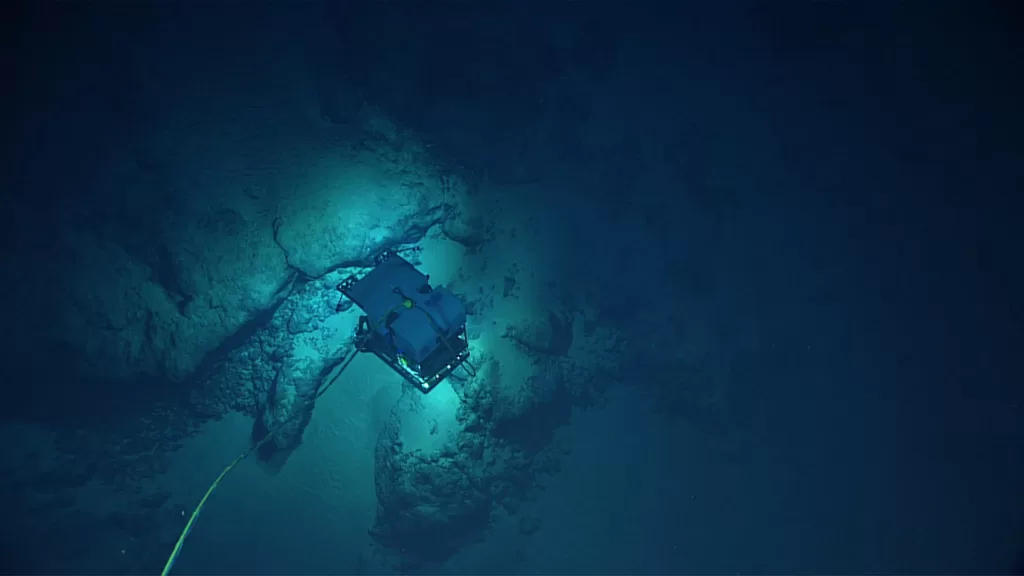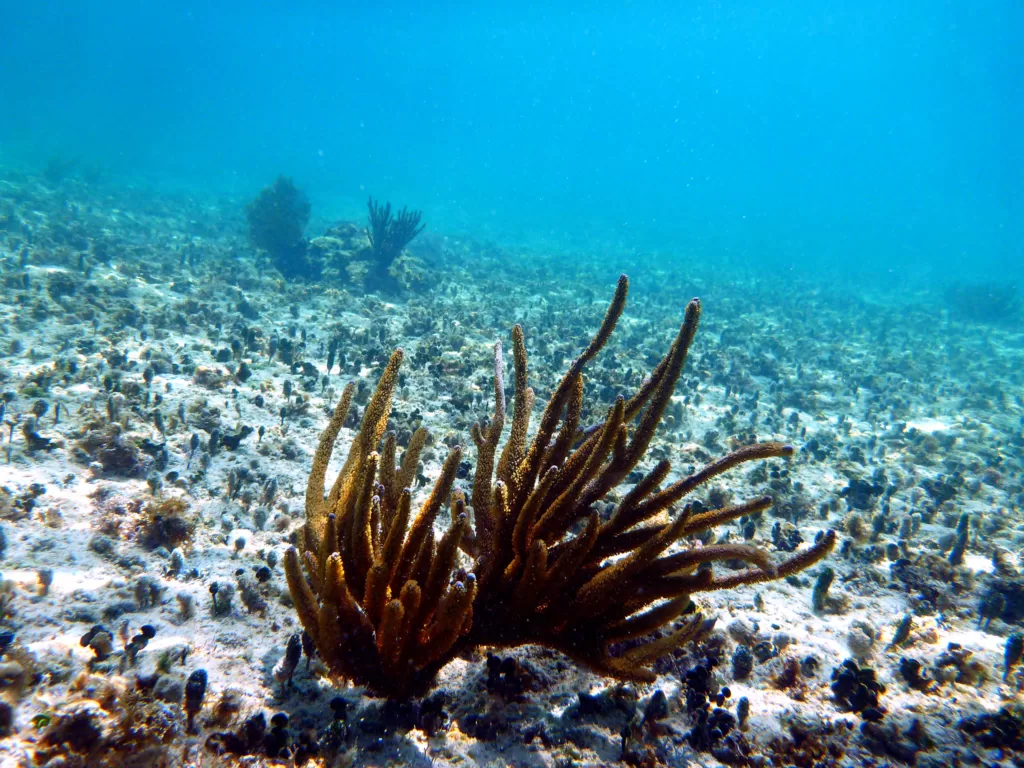Mining the seabed without proper regulations seems outlandish. But it could happen sooner than we think.
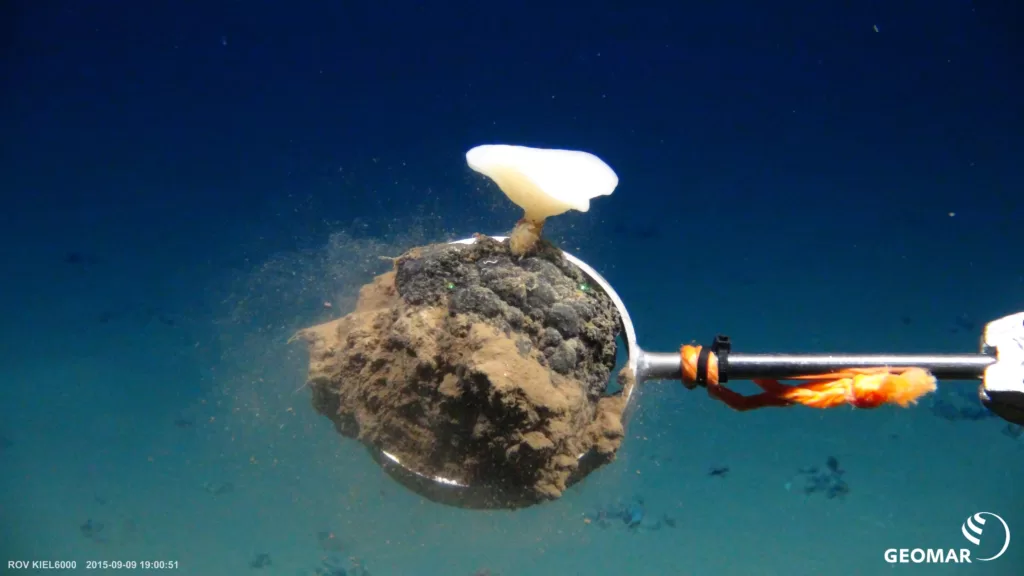 The risks of deep sea mining could outweigh any benefits. : Wikimediacommons: GEOMAR CC BY 4.0
The risks of deep sea mining could outweigh any benefits. : Wikimediacommons: GEOMAR CC BY 4.0
Mining the seabed without proper regulations seems outlandish. But it could happen sooner than we think.
July 10, 2023 is shaping as D-Day for the world’s oceans.
That is the day after a two-year deadline placed on the International Seabed Authority to finalise mining regulations in seabed areas beyond national jurisdiction is set to expire.
The possibility of mining the seabed being green-lighted in the absence of regulations has caused a lot of uneasiness among member states, environmental groups and the public.
And there is now a growing chorus for a moratorium on deep sea mining.
If the Authority misses the deadline, which is almost certain since its council will only meet from July 10, member states would have to “consider and provisionally approve” any application for mining received — despite the absence of regulations intended to govern such activities.
This is especially worrying given there’s a long way to go in the negotiations and the risks could outweigh any benefits.
How the International Seabed Authority reacts — whether to approve mining without proper regulations or not — remains to be seen.
The International Seabed Authority is an autonomous international organisation established under the United Nations Convention on the Law of the Sea 1982.
Comprising 168 member states and the European Union, it is responsible for the administration of the mineral resources of the seabed area beyond the limits of national jurisdiction – which have been legally designated as the common heritage of humankind.
All member states are represented at the assembly, the supreme organ of the Authority. Thirty-six are elected to the executive council for four-year cycles.
While the UN Convention on the Law of the Sea provides the regulatory backdrop for deep seabed mining on the international seabed, an implementing agreement concluded in 1994 modified certain aspects of the initial framework.
One pivotal modification was the inclusion of a provision called the “two-year rule”, which is tucked away in the annex to the 1994 agreement.
Although the assembly bears the responsibility to approve mining regulations, it is the Council that has the power to negotiate, adopt and apply them.
However, to adopt the regulations at the Council, consensus among the 36 member states is needed.
Crucially, just one formal objection would impede the adoption of the regulations.
The “two-year rule” provision was inserted to ensure that a deadlock can be circumvented and mining cannot be blocked by one or a few formal objections.
But the provision was not envisaged to allow mining activities to commence if just one or a small number of states or private entities wished to proceed.
And it was certainly not inserted to accelerate the negotiations and hasty adoption of regulations – as is being done now.
At the last meeting of the Council in March 2023, member states reached an understanding and adopted a decision that commercial exploitation should not commence in the absence of regulations.
The Council also concluded that member states retain the power to reject any application submitted in the absence of regulations.
The Council also emphasised the legal obligation of the Authority to safeguard the marine environment and ensure effective protection from the harmful effects of any mining activities.
That meant protection of the marine environment must take priority over any individual mining interests.
Without any agreed rules, clear environmental thresholds and binding standards, it seems impossible for the Authority to decide to approve any mining application and supervise operations with confidence.
There is little weight to arguments made by advocates that deep seabed mining could be the solution to climate change by providing critical metals needed for the clean energy transition.
Extracting these minerals would be energy intensive and the problems experienced in terrestrial mining — including habitat destruction and pollution — would be replicated at sea.
Deep seabed mining may also be perceived as an assault on Indigenous groups that share a profound cultural connection and bond to the deep ocean.
No monetary compensation for such losses would suffice, and in any case, it would be impossible to put a price tag on what is priceless.
Besides, the Authority is yet to have a debate on how to distribute the revenues from mining operators.
The Authority now faces a difficult decision.
Allowing mining in the absence of regulations would undermine the letter as well as the spirit behind the 1982 Convention and the 1994 Agreement.
Since the 1982 Convention has been regarded as “the constitution for the ocean”, allowing mining activities to commence now may be deemed as “unconstitutional”.
It will also almost certainly expose the Authority to litigation — it cannot yet guarantee the environmental and societal implications, or that it is fit for purpose as a regulator to exercise control over mining operators.
If the global community is to be successful in fighting climate change, the solutions we consider and invest in would need to be responsible, prudent and measured.
Deep seabed mining does not appear to fit the bill, at least certainly not now.
On July 10, the Authority could easily state the obvious: postpone mining activities and not allow unregulated mining to occur.
There is a time for everything, and at this moment of reckoning, states should unite to send a clear message calling for more circumspection, adherence to good governance and informed decision-making.
Pradeep Singh is a Fellow at the Research Institute for Sustainability – Helmholtz Center Potsdam and a doctoral researcher at the University of Bremen in Germany. He’s also the Lead of the IUCN Commission of Ecosystem Management’s Deep Seabed Mining thematic group and the Deputy Chair of Ocean Law specialist group at the World Commission on Environmental Law.
Originally published under Creative Commons by 360info™.
Editors Note: In the story “MINING THE DEEP” sent at: 03/07/2023 07:29.
This is a corrected repeat.



